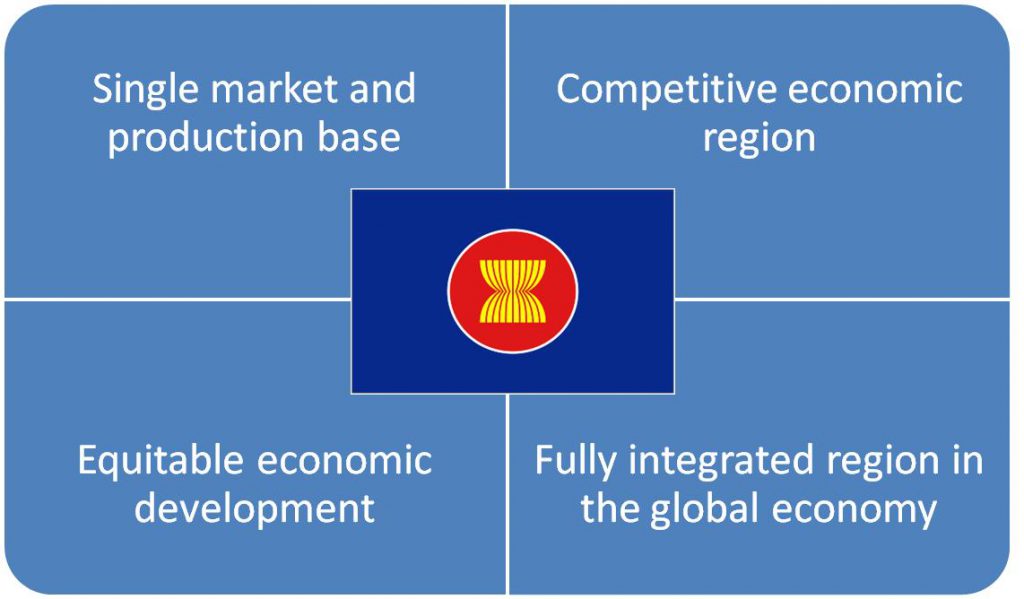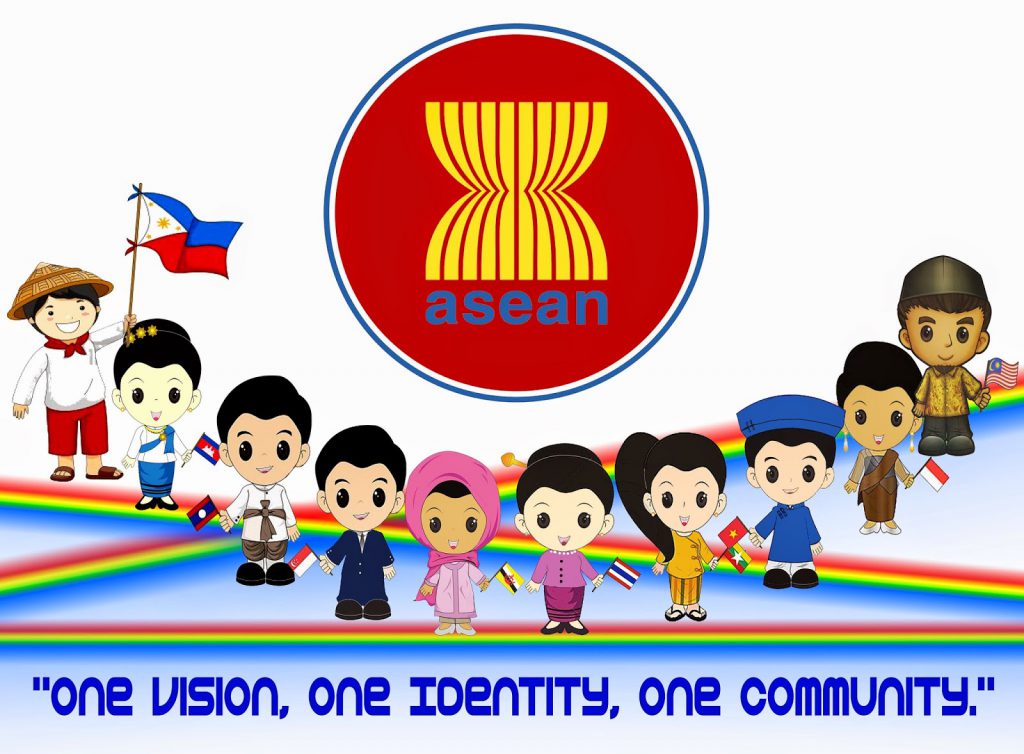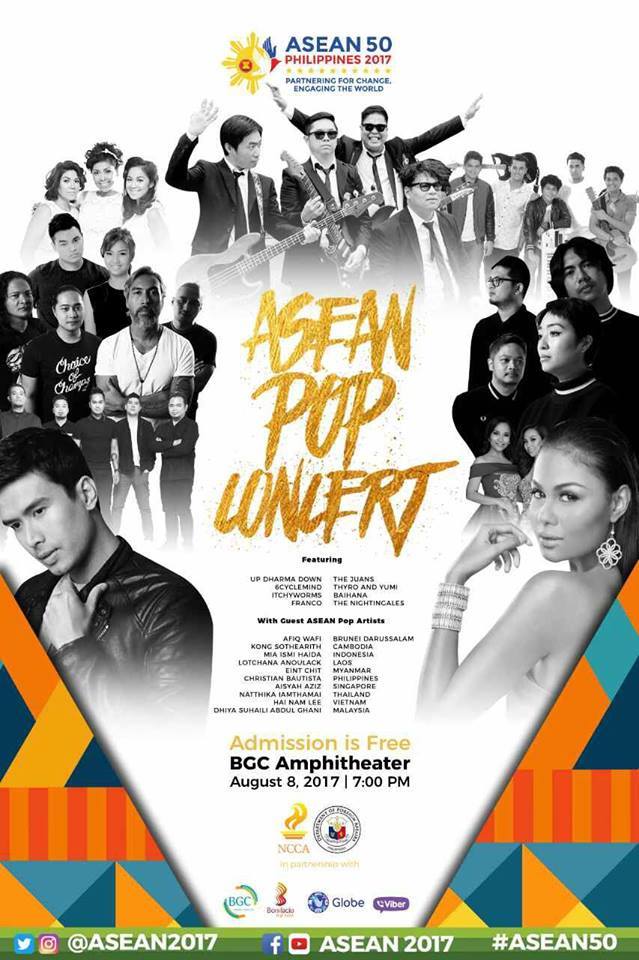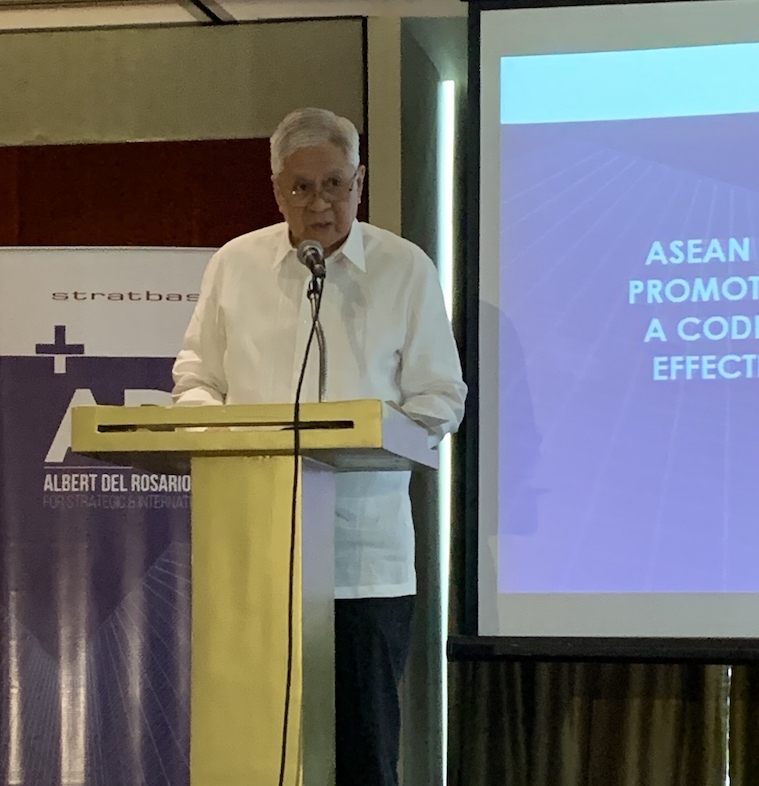The ASEAN community 2025 vision: What is in it for me?
ASEAN was proclaimed a community through a Declaration signed by ASEAN Leaders at the 27th Summit in Kuala Lumpur on 22 November 2015 , in a milestone for regional integration.
Do you truly feel part of the ASEAN community? I benefit from the ASEAN community when it comes to the visa-free travel to the 10 Asean countries or the 10 ASEAN member states (AMS). Other than travel, what is ASEAN to you? Well, I also think of the awesome food as well, which is part of the travel experience. Yes, “food is the centerpiece again with many ASEAN societies sharing a common passion for food as a social get-together activity”.
The ASEAN is at the heart of Asia and feels so close to home.
Then there is the reality of the Asean economic integration (AEC) which is still a work in progress. Last year, the leaders from the Association of Southeast Asian Nations (ASEAN) unveiled another road map to a common community for the next decade even if they missed targets for economic integration.
The 10 leaders signed a document declaring the establishment of an ASEAN Community and another titled “Asean 2025: Forging Together Ahead” that laid out the vision for the next 10 years. It aims to create a community that is “politically cohesive, economically integrated, and socially responsible.” ASEAN was proclaimed a Community through this declaration.
READ : ASEAN, a region of opportunities for citizens
In a nutshell, for the ASEAN citizens, ASEAN 2025 means that:
- They will continue to live in a more united, secure, peaceful and cohesive region;
- They will benefit and enjoy the gains resulting from enhanced sustainable environmental governance and practices in the region;
- Their human rights, fundamental freedoms, dignity and social justice will be promoted and protected;
- They will enjoy good governance that shall be further strengthened;
- They will be part of a participative and socially responsible community with equitable access to opportunities for all;
- They will be better protected against pandemics, natural and human-induced disasters and calamities, transnational crimes and transboundary challenges;
- They can engage purposefully with one another in ASEAN and the world;
- They will enjoy greater prosperity through increased economic opportunities, enhanced regional connectivity, ease of intra-ASEAN travel and doing business as well as a resilient regional economy;
- They will benefit from greater employment opportunities and quality jobs as well as from mobility of skilled labour and talents;
- They will enjoy access to wider choices, safer, and better quality products and services;
- They will benefit from better cost savings for businesses as well as consumers through improved access and connectivity;
- They will benefit from access to a wider and better range of technologies and expertise; and
- They will benefit from a strengthened ASEAN institutional capacity to implement the ASEAN agenda.
The goal of working towards a people-centered and people-oriented ASEAN is something to look forward to.
The seven aspects of the Asean 2025 community
Why should I even care that there is an ASEAN community? What are the benefits ? There are seven aspects of the agreement categorized by Rohini Samtani, which might interest the ASEAN community.
1. Combined market
The dream of a single market started in 2007 when ASEAN leaders adopted a blueprint for the AEC allowing the free flow of investments and capital across a region that is home to more than 600 million people. Malaysian prime minister Najib Razak wants to “ensure that we create a truly single market and production base, with freer movement of goods and services”.
The combined GDP of the ASEAN economies is expected to grow from US$2.6 trillion to US$4.7 trillion by 2020, Najib said, and could become the world’s fourth-largest economy as a bloc as early as 2030.
2. Free trade
“In practice, we have already virtually eliminated tariff barriers between us under the Asean Free Trade Area. Now we have to assure freer movements and removal of barriers that hinder growth and investment”, Malaysian prime minister Najib Razak added.
3. Cheaper production overseas
The near term impact of this community’s creation would spur more Singapore firms to move production of lower value goods to countries where labor is cheaper. The creation of the community will also result in more cross-border movement of services and investment.
4. Changing landscapes in the South China Sea dispute
Vietnam, Philippines, Malaysia, Taiwan and Brunei all have territorial claims in the South China Sea. If deeper cooperation materializes between between Asean nations , it might lead to “a new found political relationship between these nations and China in their claims over South China Sea territories”.
5. Easier work visas
Eight groups of professionals will be able to work more easily throughout the region: engineers, architects, nurses, doctors, dentists, accountants, surveyors and tourism professionals.
6. Benefiting the elites not the masses?
Jerald Joseph, the head of local rights group Pusat Komas cited the haze problem as an example when talking about AEC. “It is a symbol because it is the by-product of what AEC plans to achieve on a grander scale: allow Asean businesses the freedom and ease to set up shop in any of the 10-member countries to take advantage of cheaper labour and untapped resources.” Calling the haze a by-product of what AEC plans to achieve , he fears that the union could end up benefitting the region’s elites, not the masses. Just as the haze was a result of high profits for palm oil companies, but ended up harming everyone else.
7. An integrated ASEAN identity
Singapore Prime Minister Lee Hsien Loong highlighted that “the lack of a strong sense of ASEAN identity is one reason why ASEAN finds it difficult to make progress. For the ASEAN regional community to be truly inclusive, it must positively and proactively recognize the inherent dignity of all persons regardless of their sexual orientation and gender identity and expression (SOGIE).
A truly inclusive ASEAN
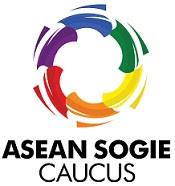 According to the ASEAN SOGIE Caucus (ASC), ASEAN has “consistently failed its responsibilities as a truly people-centered and people-oriented regional community, due to its refusal to recognise and affirm the principles of inclusivity and non-discrimination. They believe that all persons belonging to marginalised groups and identities are entitled to human rights and fundamental freedoms on the basis of substantive equality. This protects communities who suffer discrimination based on race, ethnicity, religion, and other status. It also applies to those who are oppressed due to their sexual orientation and gender identity and expression (SOGIE).”
According to the ASEAN SOGIE Caucus (ASC), ASEAN has “consistently failed its responsibilities as a truly people-centered and people-oriented regional community, due to its refusal to recognise and affirm the principles of inclusivity and non-discrimination. They believe that all persons belonging to marginalised groups and identities are entitled to human rights and fundamental freedoms on the basis of substantive equality. This protects communities who suffer discrimination based on race, ethnicity, religion, and other status. It also applies to those who are oppressed due to their sexual orientation and gender identity and expression (SOGIE).”
ASC adds that “citizens of many ASEAN nations experience SOGIE-based discrimination on an institutional level. Singapore, Malaysia, Brunei Darussalam and Myanmar have held on to British colonial laws criminalising same-sex relations. Sharia laws have been introduced in Brunei, the state of Aceh in Indonesia and multiple states of Malaysia, imposing even harsher punishments for same-sex relations and banning cross-dressing.”
Not one ASEAN member state has a national legislation banning discrimination on the basis of SOGIE. It’s time ASEAN listen to the measures suggested by the ASC . ASEAN must positively and proactively recognize the inherent dignity of all persons regardless of SOGIE.
A people-oriented ASEAN community
A people-oriented ASEAN can become a reality as long as it opens up and listen to the citizenry with the help of social media. The beauty of social media lies in the opportunity for citizens to get in touch with an organization that appears abstract to most of us at the present time. ASEAN needs to make itself understandable with its messaging especially on how benefits can be derived .
So, what is the ASEAN community for you and me?
There are potential benefits in a life of a secure environment, a better living standard , better job prospects, sufficient income and stable prices, a better education to our children, effective help in case of disaster and emergencies and the freedom to travel , work and settle.
Millions of diverse ASEAN peoples are key stakeholders in this vision, and must actively participate in realizing the various strategies and programs that are part of this long-term project. Citizens need to own and take it , in order to make it happen.

